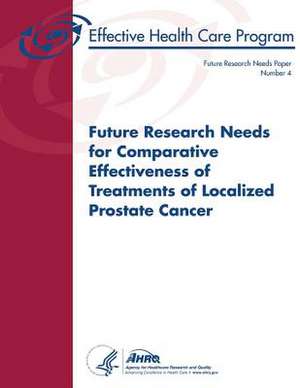Future Research Needs for Comparative Effectiveness of Treatments of Localized Prostate Cancer
Autor U. S. Department of Heal Human Services, Agency for Healthcare Resea And Qualityen Limba Engleză Paperback
Preț: 124.35 lei
Preț vechi: 130.89 lei
-5% Nou
Puncte Express: 187
Preț estimativ în valută:
23.80€ • 25.86$ • 20.01£
23.80€ • 25.86$ • 20.01£
Carte disponibilă
Livrare economică 31 martie-14 aprilie
Preluare comenzi: 021 569.72.76
Specificații
ISBN-13: 9781484974209
ISBN-10: 1484974204
Pagini: 110
Dimensiuni: 216 x 280 x 6 mm
Greutate: 0.27 kg
Editura: CREATESPACE
ISBN-10: 1484974204
Pagini: 110
Dimensiuni: 216 x 280 x 6 mm
Greutate: 0.27 kg
Editura: CREATESPACE
